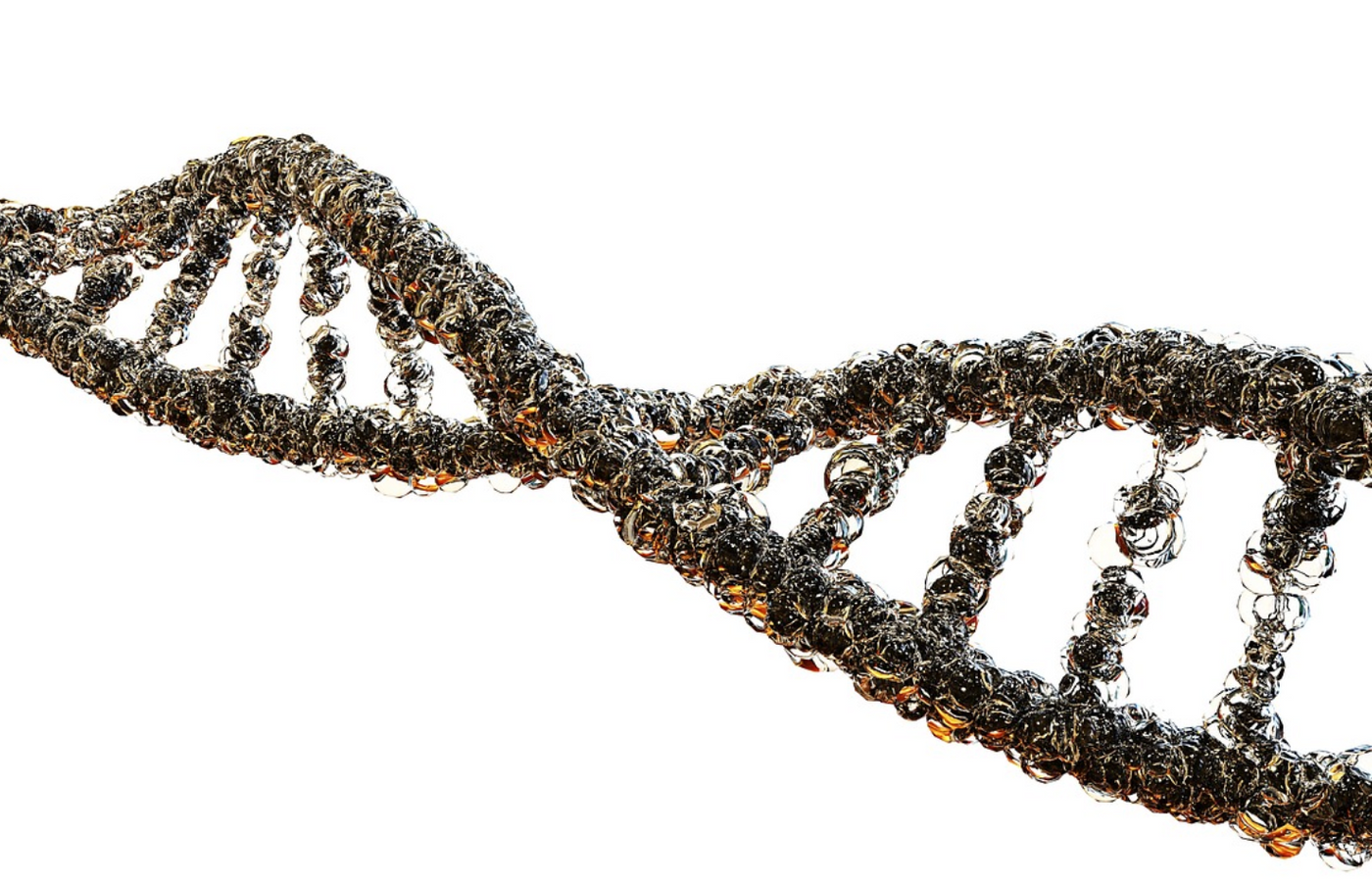Mutations Lurking in Alternative Proteins May Cause Disease
Although the genetic cause of many diseases have been identified, it’s estimated that as many as 70% of patients with a rare disorder do not know what causes their disease. Millions of people live with rare diseases, and scientists are still searching for the answers to these medical mysteries. Now researchers have developed a different method for analyzing patient genetic data, which may provide clues. These findings, which were reported in Molecular Cell, have highlighted that multiple proteins can often be produced from one gene; the cell can simply interpret the sequence in different ways.
In a basic genetics lesson, a student will learn that proteins are encoded by genes, and that different genes make different proteins. But in reality, the same gene sequence may encode for multiple proteins, and it can be up to the molecular machinery of the cell to decide which of those gene sequences ends up transcribed into a protein. In fact, most genes can code for more than one protein.
Usually, problems in genes are identified when a gene sequence is not typical, because it carries some mutation. However, scientists have traditionally looked for mutations that affect one protein that is made by a gene, and have not looked for mutations in these alternative transcripts.
But in this study, the researchers considered that some mutations may be affecting proteins that are produced with alternate sequences; a mutation may appear to be harmless to one gene transcript, but may be devastating to another. They have shown that some mutations can impact one or more proteins that are made from the same gene, and this could provide an explanation for some diseases.
This study focused on two patients who had a rare type of anemia. Their disorders were traced to mutations that only affect one of two proteins made by the same gene.
"We hope this work demonstrates the importance of considering whether a gene of interest makes multiple versions of a protein, and what the role of each version is in health and disease," said co-corresponding study author Jimmy Ly, a graduate student at the Whitehead Institute for Biomedical Research. "This information could lead to a better understanding of the biology of disease, better diagnostics, and perhaps one day to tailored therapies to treat these diseases."
Sources: Whitehead Institute for Biomedical Research, Molecular Cell









